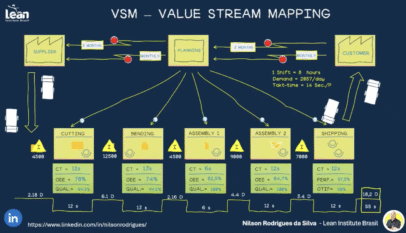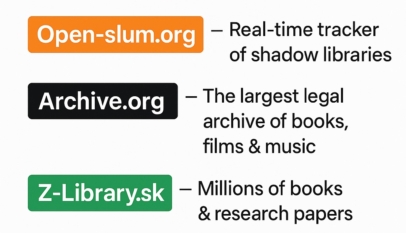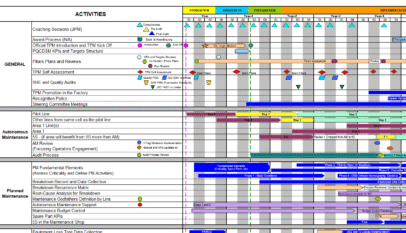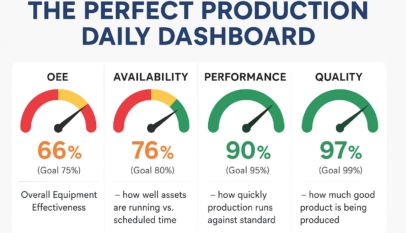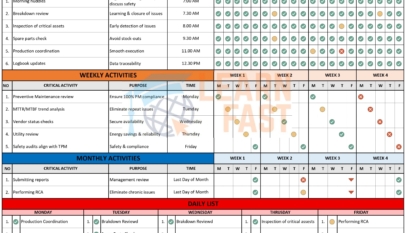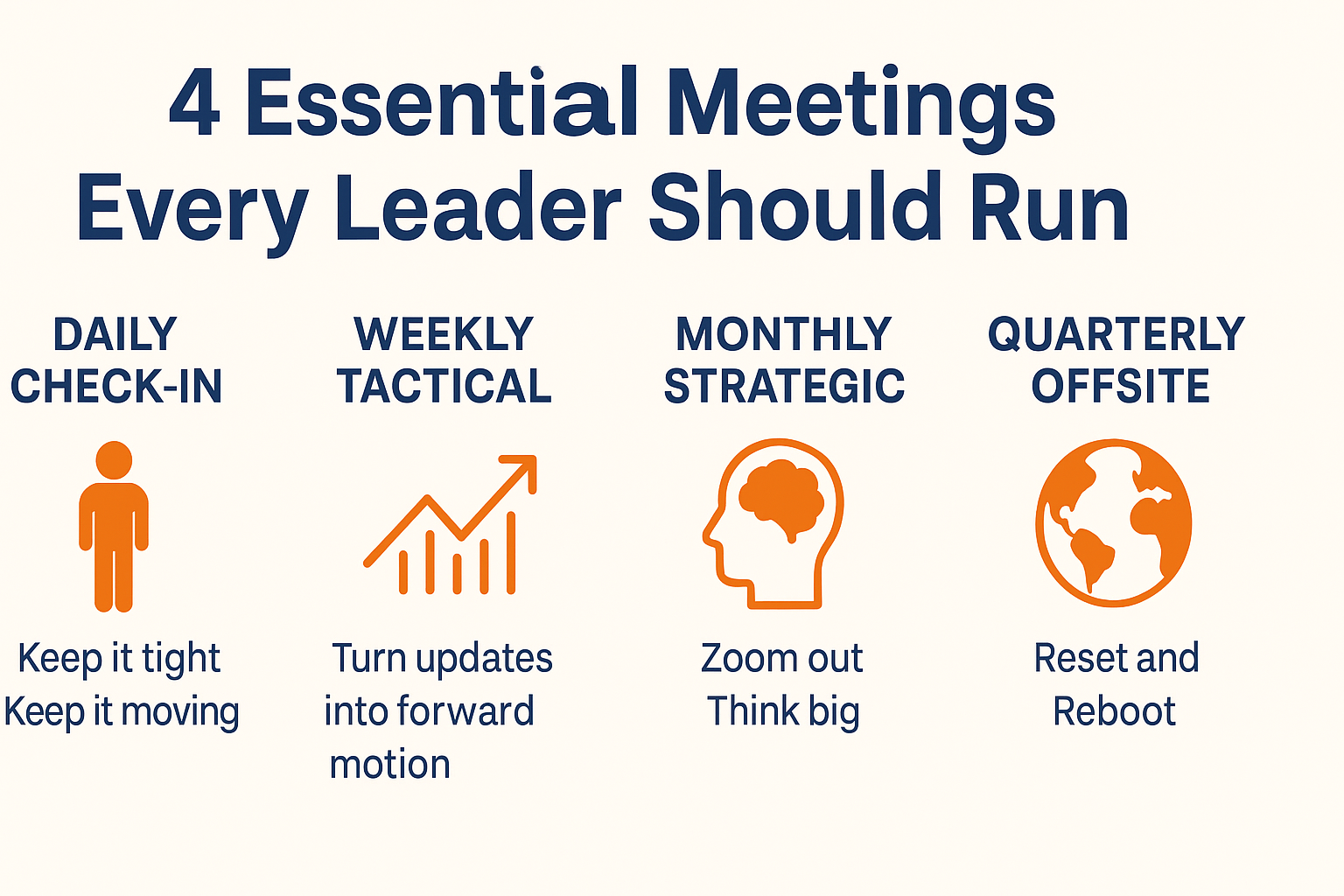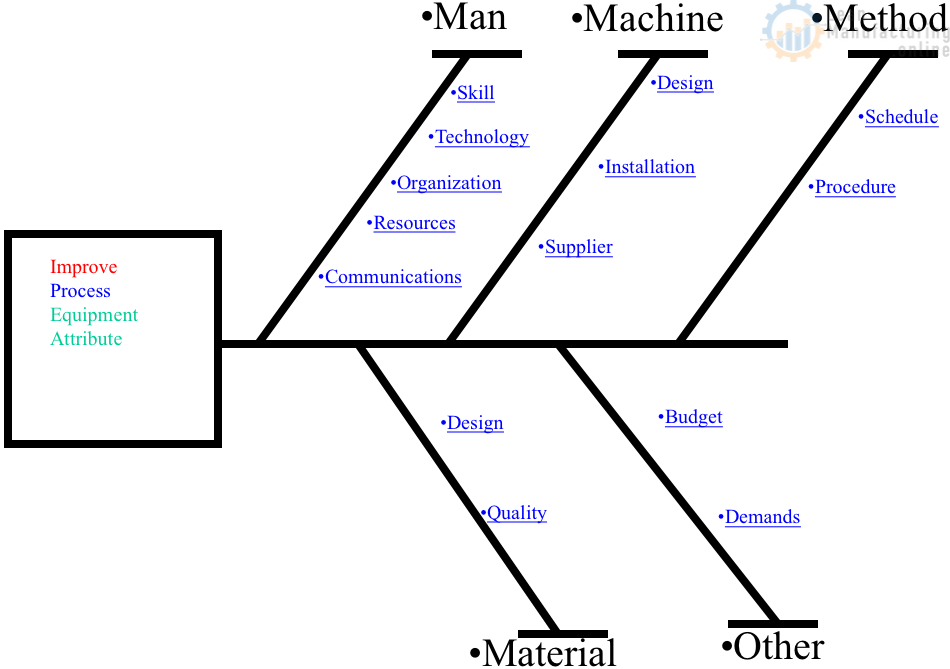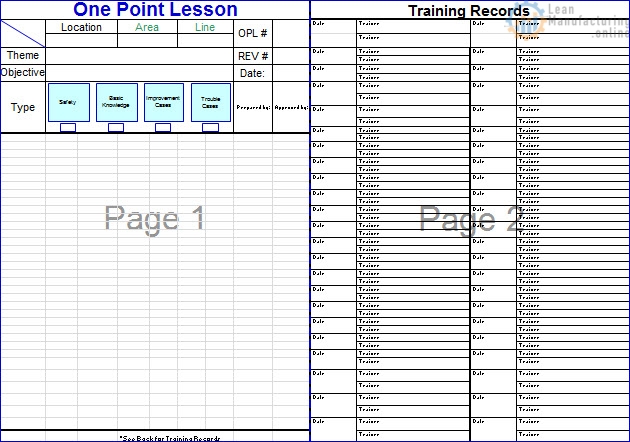Eliminate Root Causes with the PDCA Method
Recurring problems in operations waste time, damage trust, and bleed resources. Yet most teams rush into solutions without fully understanding what caused the issue in the first place. That’s where PDCA comes in.
Fillable template here: https://zbk.li/PDCA-AA
PDCA stands for Plan, Do, Check, Act—a structured method for solving problems methodically and permanently. Here’s how to use it effectively by combining the PDCA cycle with the 5-Why technique and a fishbone (Ishikawa) diagram.
Step 1: Describe the Problem Clearly
Start with the basics:
- What happened?
- Where and when did it happen?
- Who discovered it?
Be precise. A vague problem statement leads to vague solutions. To ensure nothing is missed, involve all PDCA team members when gathering this data.
Step 2: Analyze the Problem
Now collect all relevant facts. Look for frequency, past occurrences, and the business impact.
Use the fishbone diagram to organize the potential causes into six key categories:
- Man
- Method
- Machine
- Material
- Management
- Milieu (Environment)
Brainstorm freely. Then eliminate the unlikely causes. Validate what remains and select the top three likely causes for deeper root cause analysis.
Step 3: Identify Root Causes
Here’s where the 5-Why method comes in.
Take each of the top-3 suspected causes (labelled A, B, and C), and ask “Why?” five times for each one.
✓ Ensure the final cause is within your control
✓ Cross-check from the bottom up to verify the logic
✓ Confirm the root cause contributes to at least 50% of the problem
Avoid blaming “human error.” Instead, uncover what made that error seem like the right choice.
Step 4: Solve the Problem
Define clear corrective actions:
- What must be done to fix the issue?
- What will prevent it from happening again?
- Who is responsible, and by when?
Contain the issue, correct the root cause, and implement prevention measures.
Step 5: Validate the Results
Once implemented, assess whether the actions made a real impact:
- Was the problem truly resolved?
- Has recurrence been prevented?
- Were standard procedures updated?
- Was training provided?
Decide whether the PDCA cycle is complete or if further action is needed.
Top 100 Failure Reasons: Your Root Cause Reference
When brainstorming, cause quickly and systematically, use this comprehensive list of failure reasons. It’s organized into the six key categories used in fishbone diagrams:
Man (People)
- Bored
- Careless
- Confused
- Disengaged
- Disobeying
- Distracted
- Forgot
- Incapable
- Inexperienced
- Manipulating
- Misidentified
- Misunderstood
- Noncompliant
- Slow
- Tired
- Unaware
- Undisciplined
- Unfit
- Unmotivated
- Unskilled
Method (Process)
21. Confusing
22. Inadequate
23. Incapable
24. Incorrect
25. Omitted
26. Outdated
27. Unavailable
28. Unclear
29. Undefined
30. Unplanned
31. Unsuitable
Material
32. Amount wrong
33. Contaminated
34. Defective
35. Deformed
36. Discoloured
37. Expired
38. The item is wrong
39. Noncompliant
40. Unavailable
41. Undefined
42. Value wrong
43. Variability is high
Machine (Equipment)
44. Abused
45. Control fail
46. Corroded
47. Degraded, worn
48. Disconnected
49. Eroded
50. Inadequate
51. Installation failed
52. Insulation failure
53. Obsolete
54. Operation failed
55. Overload
56. Programming fail
57. Sensor fail
58. Setup fail
59. Software fails
60. Uncalibrated
Management
61. Poor accountability
62. Capability is insufficient
63. Capacity insufficient
64. Communication is poor
65. Conflicts unsolved
66. Disengaged
67. Follow-up low
68. Goals unclear
69. Incentives missing
70. Information unclear
71. Performance is low
72. Priorities unclear
73. Resourcing the poor
74. Retention is low
75. Safety is poor
76. Strategy unclear
77. Teamwork is poor
78. Training not provided
79. Unsupportive
Milieu (Environment)
80. Bullying, mobbing
81. Crime
82. Disease
83. Dirt and dust
84. Energy shortage
85. Earthquake
86. Flooding
87. Heat or icing
88. Illumination is poor
89. Labour unavailable
90. Legal constraints
91. Lightning strike
92. Network outage
93. Noise
94. Power failure
95. Skill shortage
96. Supply chain failure
97. Space constraints
98. Traffic congestion
99. Utility failure
100. Weather severe
Final Thought
Using PDCA effectively is about discipline, not bureaucracy. When done right, it eliminates root causes, saving time, cost, and headaches. Most importantly, it builds a culture of sustainable problem-solving.


